First of all, I owe an apology to G.Skill, since the test sample was already sent to us last year, but the review is now online a few months later. The reason for this is that until recently we revised our test methodology for RAM kits in order to be able to test better and faster. However, the waiting time also benefits the Trident Z5’s today, because without the BIOS optimizations during this time, the result might not have been quite as clear.
Today’s test kit has an XMP profile of DDR5-6800 with timings 34-45-45-108 at 1.4 V and is thus even one of the more conservative models. 2x 16 GB SKUs now even reach up to DDR5-8000, but of course with correspondingly looser timings. As usual, the Trident Z5 RGB kits are also available with silver and black heatsinks. Without RGB, the Trident Z5 kits are currently only available up to 6400 Mbps. But before we get into the test, I have to/should recommend the basic article on our tests to you again:
Unboxing and design
As with many new RAM releases at the moment, G.Skill has not changed much to nothing on the outside. As usual, the modules come in an outer box that depicts the black and silver variants of the Trident Z5 RGB. Through a viewing window, we can already see one of the modules in the transparent support frame. On the back we find some additional information like G.Skill’s exemplary “Limited Lifetime Warranty”, as well as the product number F5-6800J3445G16GX2-TZ5RK and the XMP profile encoded in it. The serial numbers of the modules can also be read through two additional small viewing windows, but more about that in a moment. The scope of delivery also includes a black sticker, matching the now black modules and installation instructions.
The Trident Z5 heatsinks consist of two halves, which in turn are made of a black anodized aluminum element with another brushed strip embedded in it. This has only white and red Trident Z5 RGB lettering on one side and a sticker with SKU number, XMP profile, serial number and month of manufacture on the other. The number above the barcode 0T56KXS820A is particularly interesting, since the IC used can be read from the last digits, here SK Hynix A Die. For comparison, the last G.Skill kit we tested with SK Hynix M Die had the suffix S820M here, Samsung B-the kits have S810B here.
The white-milky light element sits between the cooler halves and bears a black G.Skill lettering. From below, we can see that the modules are populated on one side, which matches the 16 Gbit ICs and the 16 GB capacity of the modules. As usual, the blank side is equipped with a placeholder made of foam.
From the side can be seen the design of the heat sink. with its aluminum elements can be seen clearly. With manual focus, a view into the modules between the heat sink and PCB is already possible from here. You can already see that the area around the PMIC with the two coils does not have any contact with the heat sink via a thermal pad or similar, which is the case with many other DDR5 designs. This is a small shortcoming that is particular to G.Skill’s Trident Z5 reissue for DDR5. Whether this, together with the low waste heat of the PMIC, really has an influence on the operation of the modules remains to be seen.
The modules with cooler measure just under 43 mm in height and are thus in the DDR5 midfield.














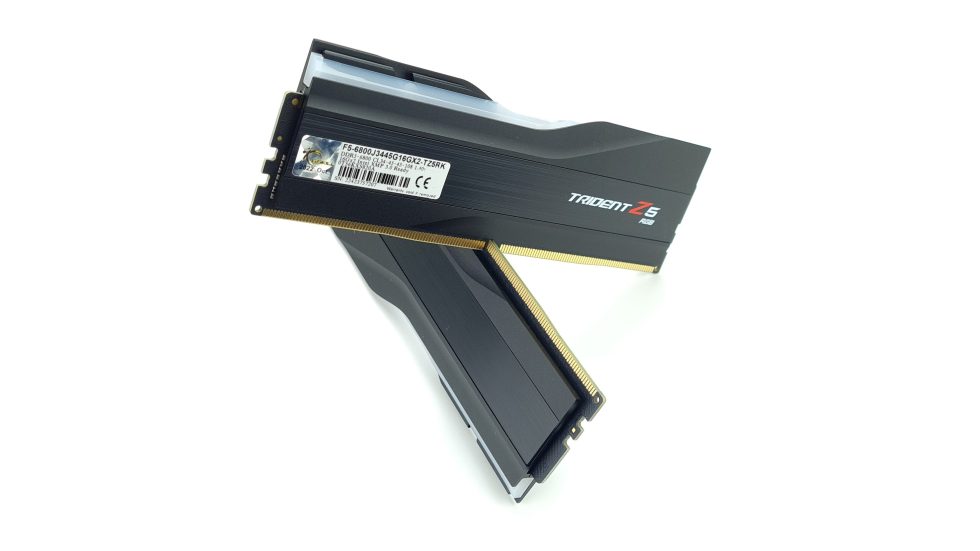
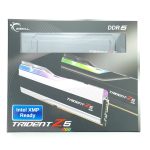
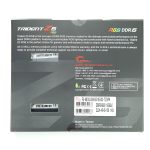
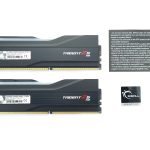
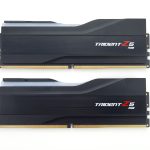
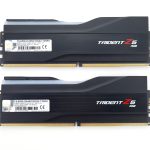
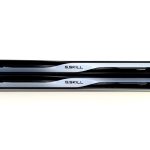
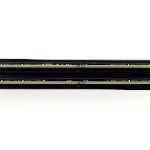
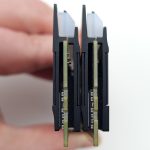
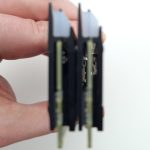
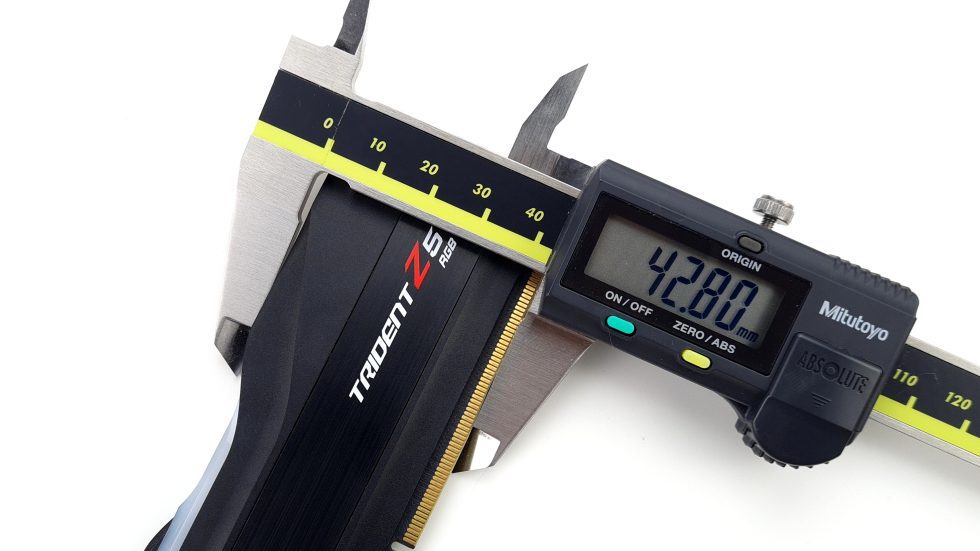







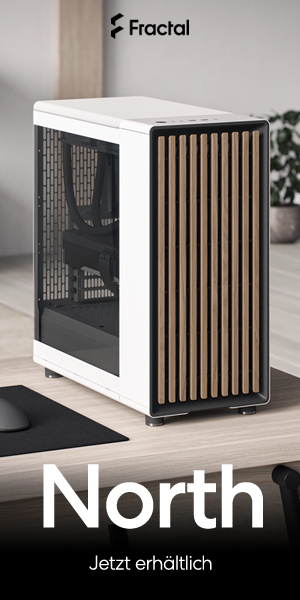


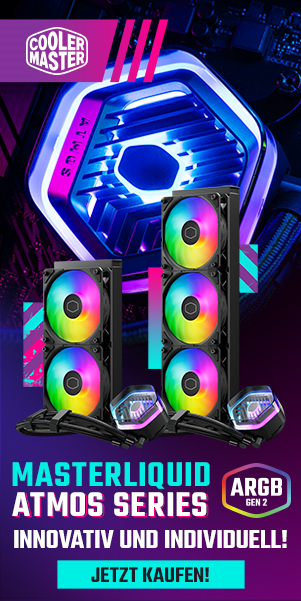




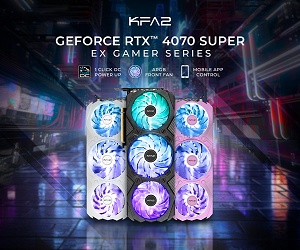




35 Antworten
Kommentar
Lade neue Kommentare
Veteran
Veteran
Veteran
Urgestein
Urgestein
Urgestein
Mitglied
Urgestein
Mitglied
Mitglied
Urgestein
Mitglied
Mitglied
Urgestein
Veteran
Neuling
Urgestein
Mitglied
Urgestein
Alle Kommentare lesen unter igor´sLAB Community →